Why Are Stacking Toys So Important for Child's Development?
- • 5 MIN READ 📖

On This Page:
Picking items and stacking them together to create walls, buildings, streets, and kingdoms…Seems like this kind of a pastime has always been part of toddlers' game activity. Just like children in the stone-paved streets of Ancient Rome, today’s digitalized generation of toddlers doesn’t seem to lose interest in this time-tested toy. A classy solo activity is always on the list when busy moms and dads try to entertain little rug rats, as well as encourage their development and help them feel well-loved.
Oldie but goodie, you say?
How come that in a world where the possibilities to keep kids occupied are endless, your hand is stretching itself to a wooden stacking rings toy? What stands out?
Let’s see.
When Do Babies Learn to Stack Rings
Over the days, weeks, months, and years, the variation of the kid’s play changes multiple times. While WOW dolls and Lego constructions seem to be considered as something self-evident, playing with blocks is one of the crucial milestones of a kid’s development that evoke applause and standing ovations from the whole family, including long-distance relatives living in Kristiinankaupunki.
When do babies learn to stack rings? Well, based on multiple pieces of research, between the age of 12 and 18 months, the little ones understand the concepts of matching, nesting, and stacking. Both brain and hands synchronize to create something meaningful and stable.
Instead of simply removing the rings, your kiddo starts stacking them onto a peg. If not, try to give them a hand by playing a simple game: your toddler handing you the rings while you stack them one at a time. Then switch roles.
How Do Stacking Toys Support Child's Development
Have you ever noticed the excitement in kids’ eyes upon completion of an activity or game? During early years, child-led play is an essential part of development. In the case of the stacking toys for toddlers, these simple yet effective tools help little jewels feel pride for the accomplishments of every solo play. Whether it is sorting different colors of a wooden rainbow stacker or assembling and re-assembling blocks one on top of the other, little fingers are trained to work in a well-coordinated manner. Plus, the process requires a lot of hand-eye coordination and focus that in tandem boost logical thinking and problem-solving skills. That’s what parents see.
The kid’s perspective?
Some things never change. It’s all about walking on Mars, fighting dragons, or hiding from them in their very own kingdom that they built using blocks and stacking tools. The imaginative play never fails as an all-time entertainer.

Fine Motor Skills Development
Through stacking toys, development of fine motor skills turns into a fascinating game. The little learner grasps small pieces, turns, and places them exactly where they belong. This keeps the dreamy mind busy and helps to make precise movements. In the process, small muscles are ‘coordinating’ with the brain to manipulate objects the little fingers grab. This, in turn, trains the nervous system to effectively control all the movements made by fingers, hands, tongue, lips, etc.
Through stacking games, fine motor skills development occurs in a safe and nurturing environment driven by natural curiosity to explore.
Size and Shape Identification
If you’re loading up your cart with toys for toddlers, stop. Children do need something to play with, but it doesn’t mean you should relocate the whole kid’s store to your apartment. Instead, make a natural wood ring stacker in a pyramid shape part of the toddler’s toy collection. Not only will it keep them entertained and learning, but it will stimulate healthy brain development. By picking up and manipulating rings, the little player will get a better understanding of geometric shapes and sizes. The so-called shape identification is one of the crucial developmental milestones. And all because it signals that the kid understands the difference between shapes and sizes.
Color Recognition
Ask your little explorer to take a blue piece off a wooden rainbow stacker. Now ask to do exactly the same with the yellow piece. Finally, ask the child to put both pieces back, one by one. These seemingly primitive manipulations will give your toddler a better understanding of the color palette.
As a vital step in a kid’s development, color recognition helps toddlers recognize objects and develop the language skills needed to describe what they see. This, in turn, is a key to a clear and concise communicate-and-understand process.
Child's Planning Skills
By investing in wooden stacking toys for toddlers, you actually save some bucks that they will spend on how-to-plan coaching once the adulthood mode is on. By having a task, or a goal (a plan!) to stack all the rings in a particular order and getting the job done, you see that I-did-it look of accomplishment we mentioned before.
The must-have planning skill is also important for kids to develop a sense of experimentation (what if I change the plan?) and foresee potential consequences. Something we, as grown-ups, should train as well. We just have to…plan it.

Building Self-Esteem in Child
This part is something parents raise an eyebrow to and wonder, “How do stacking toys support the development of self-esteem?” The reality is that self-worth starts with your kid’s healthy attachment to you. Building self-esteem in the next generation without strong parent-child bonds and constant involvement is doomed to fail. Help them foster self-esteem by incorporating tools like stacking toys into playtime. Stacking blocks gives children a sense of confidence and encourages them to keep on moving and trying something new. They find their unique ways to fix things and later on, fit in with the world around them.
Appreciate their efforts as they succeed or show an I-believe-in-you attitude if they don’t.

How to Interest a Child in Montessori Stacking Toys?
OK, you’re a happy parent of a tot and owner of a Montessori rainbow stacker. Now what? How to pique your kid's interest in stacking?
- Introduce stacking toys gradually. To guarantee the best experience possible, don’t be in a hurry! Children need to be exposed to new toys for some time before they recognize and gladly grab them.
- Choose bright-colored toys. The little ones display a preference for such playthings and are more likely to get interested in the play.
- Join the game. Kids listen to you. They look at and imitate you. Your presence and genuine interest in the process will be catchy.
- Create a home game zone. Let your kiddo feel special by knowing there’s a well-equipped place in the house arranged and decorated for them exclusively.
- Let them be choice-makers. Since each piece of a rainbow stacker is of different size and color, give your child a chance to pick the color and build the structure in the manner they prefer.
What a pleasure to see them play, learn, and grow! At the same time, how excruciatingly hard parenting can be at times. The good news? This too shall pass. Besides, you’re not alone! There are loads of brain games out there but you just can’t go wrong with tools like Montessori stacking toys. While your tot is having fun with a realistic, tactile, and nice-to-look-at toy, you know the learning is included as well. Even though you can’t know every answer about parenting, you certainly can nurture their intellectual growth. Take heart!

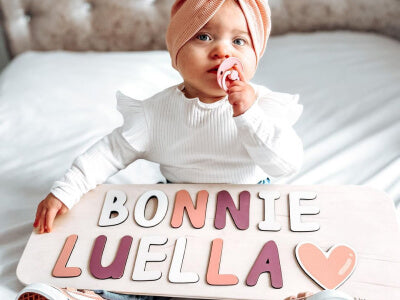
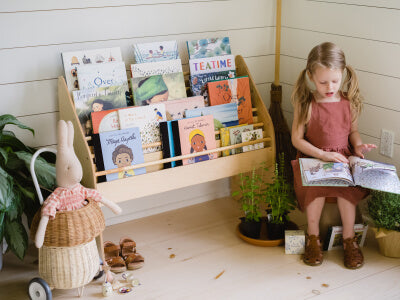
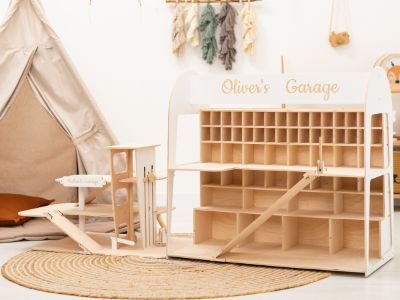

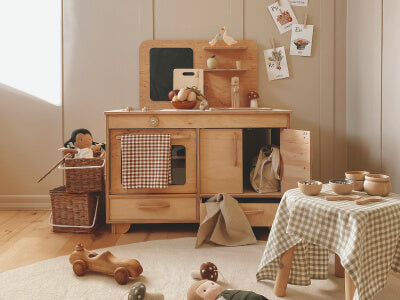
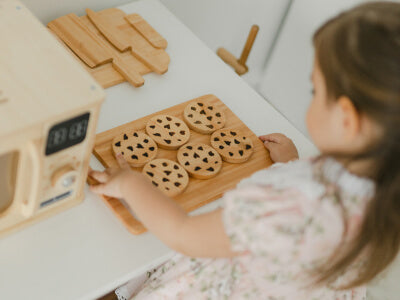
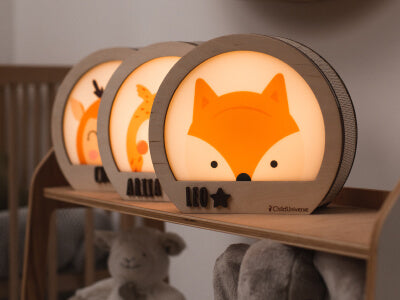
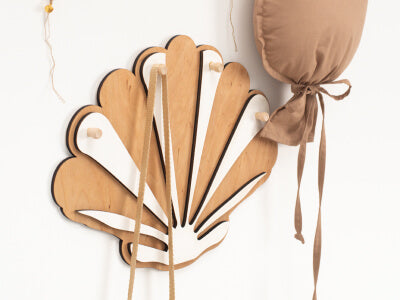
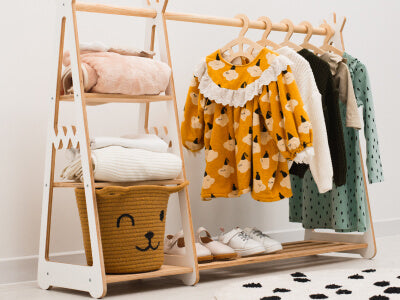
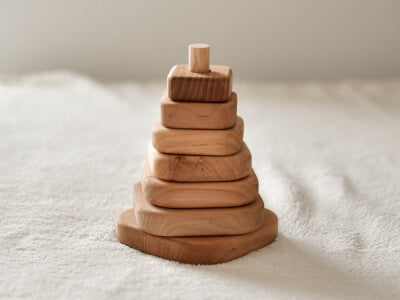
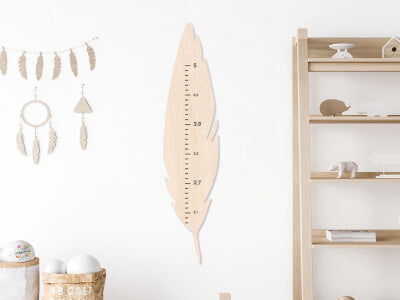
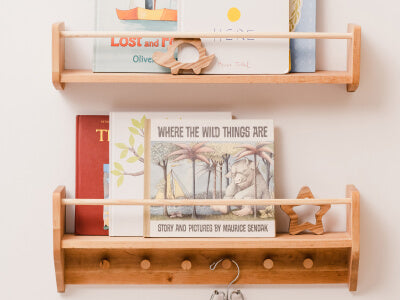
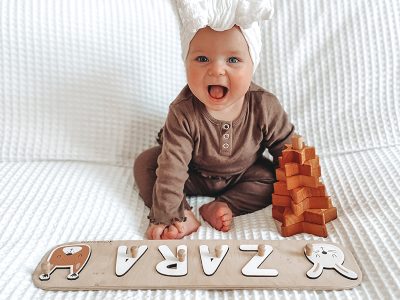
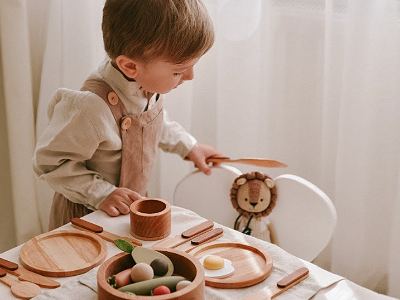
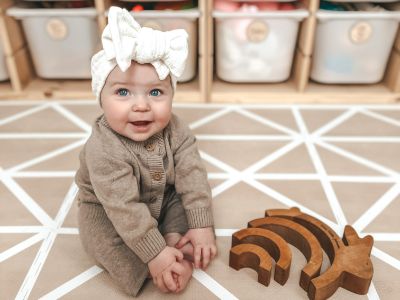
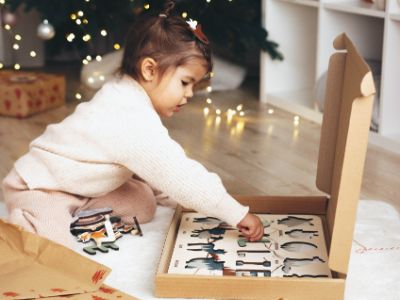
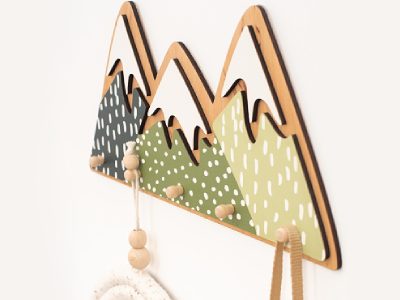
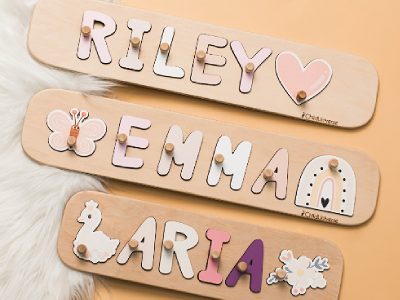
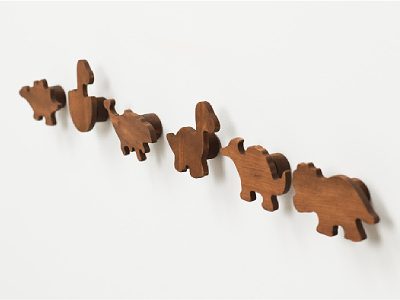
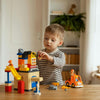
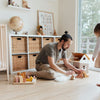



ChildUniverse’s article on the enduring appeal of stacking toys resonated with me. The emphasis on solo play and the developmental benefits outlined, such as fine motor skills and self-esteem, are insightful. A valuable read for parents!
My toddler enjoys playing with both colorful and wooden stacking toys. But with the colorful ones, we can even incorporate some color learning into playtime ♥
It’s a bit of a phenomenon, but with stacking toys from ChildUniverse, my child wants to play even more than with LEGO blocks.
Wow, stacking toys are real superheroes! Ready to watch my little one’s skills soar!
Stacking toys are a must! This article convinced me – off to find the perfect ones for my kiddo!